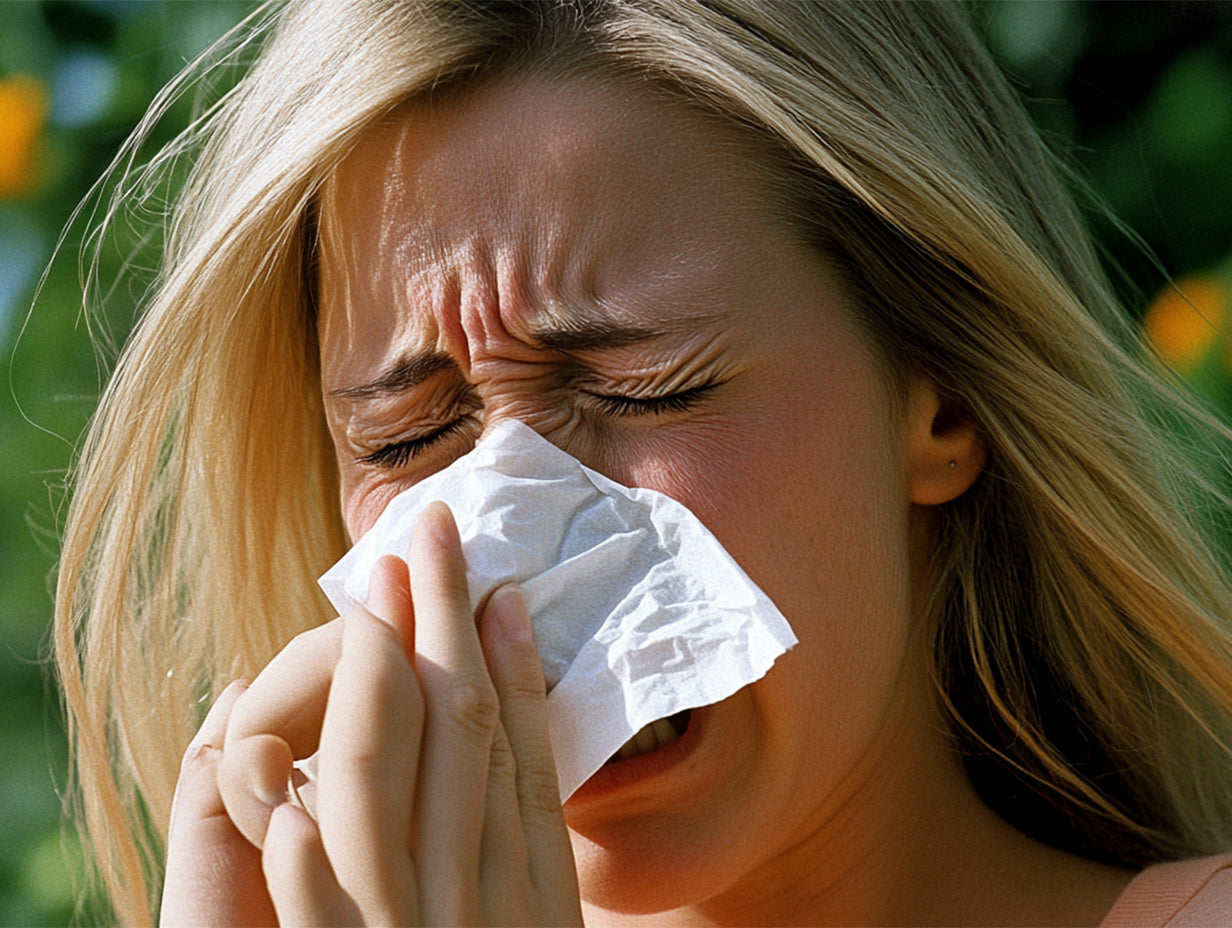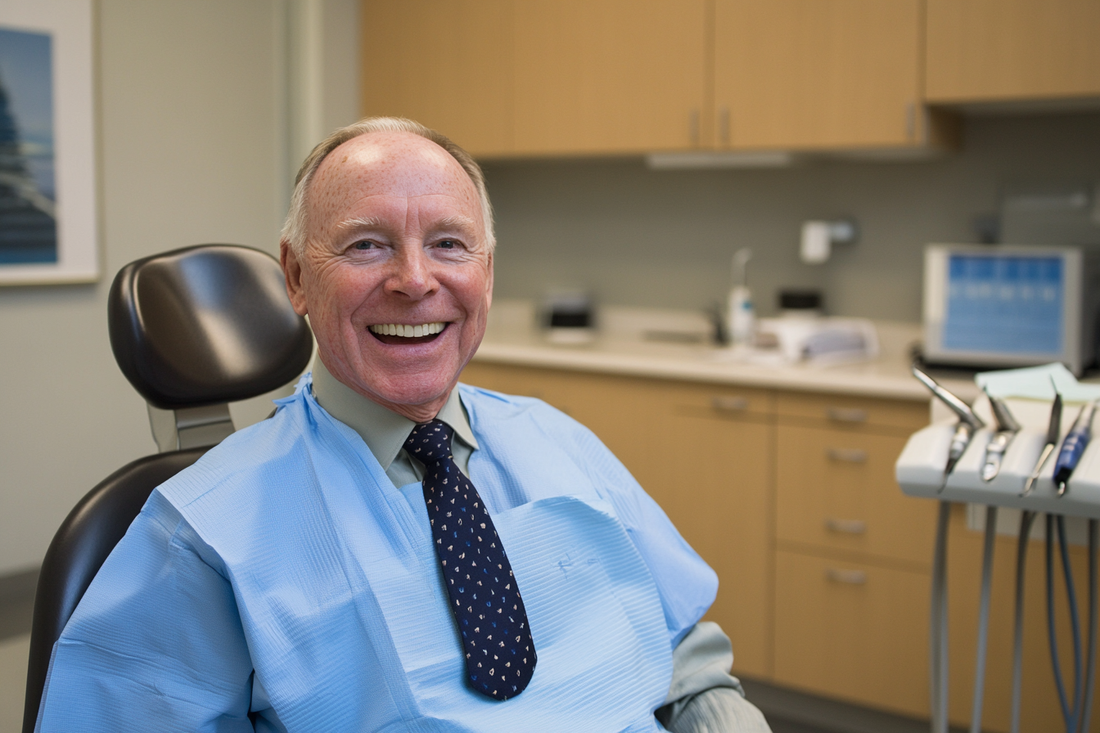A complex community
The word ‘microbiome’ shouldn’t be intimidating. It simply means “the community of microbial residents in our body.” Coined by Nobel Prize winner Joshua Lederberg, the term describes the ecological community of microorganisms that literally share our body space.1 And there are lots of them! In fact, only one out of 10 cells in our bodies is human…
Don’t be scared of these ‘critters’ that live on and inside the body even though their names may sound scary – bacteria, fungi, protozoa and viruses. You wouldn’t be able to live without them. They perform many biological functions, aid digestion, help with immunity and maintenance of the immune system, energy generation, and much, much more. This is why researchers are now beginning to call the human-microbiome complex a “superorganism.”2
So what’s in your mouth? The Oral microbiome (or oral microbiota or oral microflora) of course refers to the population of microorganisms found in the human oral cavity. And guess what? It is the second largest microbial community in humans after the gut. The mouth is therefore a really important part of the body, not only allowing us to chew food and talk, (though not at the same time, please!) but it hosts over 700 species of organisms, including those aforementioned bacteria, fungi, viruses and protozoa.3 Because the mouth consists of several different habitats, it creates an exceptionally complex community where different microbes colonize hard surfaces of the teeth and soft tissues of the oral mucosa.
Why is the oral microbiome so important?
Our oral microbiome is a major player in the mouth-body connection. As the beginning of the body’s entire digestive system it affects all the major systems in our body. One of the biggest systems impacted is your immune system. And that’s why we say “Immunity Begins in the Mouth.”
How do we create a healthy oral microbiome?
For the mouth-body connection to be healthy there should be balanced, healthy flora in the oral cavity. Teeth, tongue, cheeks, gingival sulcus, tonsils, hard palate and soft palate provide a rich environment for microorganisms to flourish, so it follows that we need to maintain the balance of this environment.4 Saliva is important too as it has a stable pH of 6.5–7, which is favorable for most species of bacteria. It keeps them hydrated and also serves as a medium for the transportation of nutrients to microorganisms.
How do we keep the oral flora in balance? In next week’s blog we will highlight 6 or 7 simple things you can do each day to help maintain a healthy oral microbiome.





